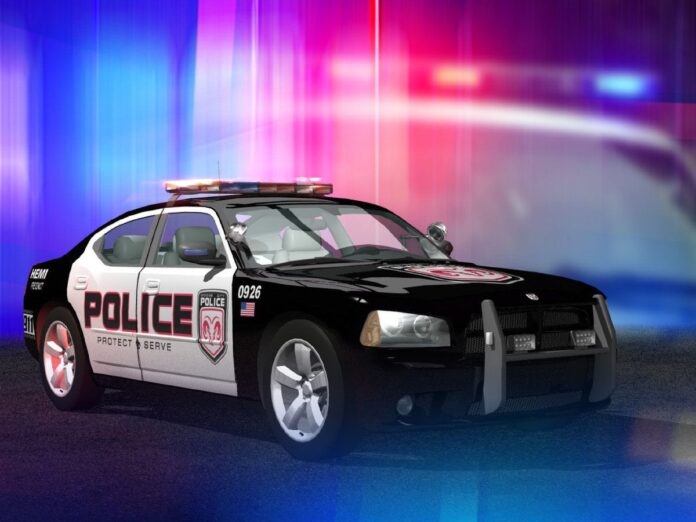HARLINGEN — An analysis of racial profiling reports filed by local police agencies indicates that tourism and traffic patterns may be key factors in how the numbers add up.
The mandatory reports are filed with the Texas Commission on Law Enforcement, or TCOLE. The reports indicate whether a police agency may have been targeting certain racial or ethnic groups.
In practically all the traffic stops listed in the South Texas reports, police say they did not know the race or ethnicity of the driver prior to the stop.
The number of traffic stops by the police departments studied ranged from a low of 110 by the Willacy County Sheriff’s Office to 5,997 traffic stops by the Los Fresnos Police Department. Most ranged from a few hundred to around 1,500 for the year.
The TCOLE profiling reports break down drivers this way: Hispanic, Caucasian, African, Asian, Middle Eastern and Native American.
By comparing the ethnic and racial breakdown of the drivers who were stopped with the same breakdown of the population of the city, some anomalies become apparent.
Other numbers contained in the report did not match the racial and ethnic makeup of the cities where the stops occurred.
For example, Los Fresnos has a population that U.S. Census figures show is 88 percent Hispanic and 11 percent Caucasian.
But in its profiling report, Los Fresnos officers pulled over Hispanic drivers at a rate of 61 percent, and Caucasian drivers at a rate of 38 percent. The latter number is far higher than the city’s Caucasian population would indicate.
Yet Los Fresnos sits astride Texas Highway 100, which serves as a tourist corridor into South Padre Island. Travelers to the Island would not necessarily reflect the city’s ethnic and racial breakdown.
In fact, in Port Isabel, which recorded 1,308 traffic stops in 2015, 80 percent of the drivers pulled over were Caucasian; 19 percent were Hispanic. Port Isabel, Census figures show, is 79 percent Hispanic and 20 percent Caucasian.
On South Padre Island, which is 67 percent Caucasian, 29 percent Hispanic and 1 percent African-American, police made 1,228 traffic stops and 86 percent of the drivers pulled over were Caucasian. Hispanic drivers made up 11 percent of those pulled over, and African-American drivers were 0.03 percent.
In Laguna Vista, with a population that is 53 percent Caucasian and 46 percent Hispanic, the percentage of Hispanics among drivers pulled over was 76 percent, and Caucasian drivers were 21 percent.
Those numbers, said Police Chief Tony David, are a reflection of the demographics of the Valley as a whole.
“I just did a grant, and we get over a million people visiting South Padre Island every year,” David said. “And we have a thoroughfare straight to the island through our town.
“And as for it being a different demographic from our community, including me there are eight officers, and they’re all Hispanic,” David added.
“The main issue is the high volume of traffic that flows through our town.”
In Raymondville, the racial profiling report filed with the state is being questioned by police and officials there. The report found that 84 percent of the 901 drivers stopped were Caucasian, and 16 percent were Hispanic. That is just about the opposite of the city’s ethnic makeup, with Hispanics making up 87 percent of residents, and Caucasians 9 percent.
For the rest of this story and many other EXTRAS, go to our premium site, www.MyValleyStar.com.
Subscribe to it for only $6.99 per month or purchase a print subscription and receive the online version free, which includes an electronic version of the full newspaper and extra photo galleries, links and other information you can’t find anywhere else.




